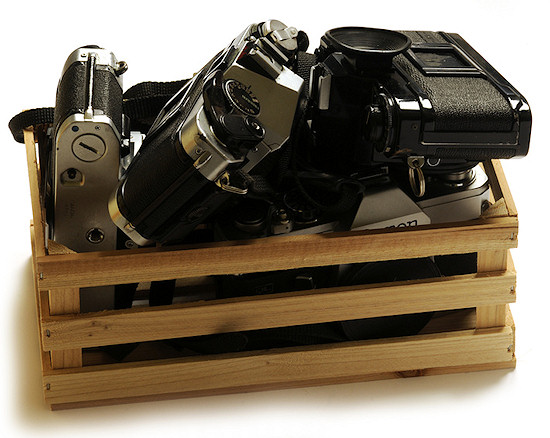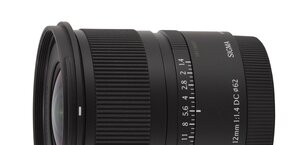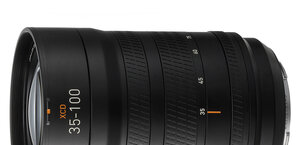Half jokingly half seriously – my subjective overview of photographic market
I've decided to reactivate for a while this type of communication with my Readers. I used to do it more often but then the situation was more dynamic, more things happened on the market, and it was more to tell. Still now I think I get a topic that made me think about some issues and I would like to share that with You all.
In October 2013, almost exactly 11 years ago, a new era started in photography. Sony presented their first full frame mirrorless cameras, the Sony A7 and the Sony A7R models, along with five Sony FE mount lenses. The majority of observers realized at that time that sooner or later Sony rivals would follow suit.
 Sony A7 mirrorless camera announced in October 2013. |
It doesn't change the fact that about a decade ago every big photo company had to face a challenge of designing and introducing a new lens system. My argument and, at the same time, the reason behind this article is such that none of the companies has thought out the whole operation seriously; in many cases they either decided to go as the crow files or they got lost in corporative labyrinths of contradictory decisions.
Only the segment of zooms avoided the chaos of change because the majority of producers knew the needs of the users and catered to them so they behaved in a classic and predictable way. They launched such lenses as the 24-70 mm and the 70-200 mm, both their expensive, journalistic f/2.8 versions and their cheaper f/4.0 equivalents. The offer was soon complemented by ultra wide angles of view – we saw launches of 16-35 mm or 14-24 mm class, sometimes even 12-24 mm devices. Then slower but more universal zooms were shown, starting with 24 mm and ending at 105, 120, or even 200 mm.
In case of classic prime lenses the situation was different and it is strange, especially that there were no contraindications to introduce the right tactics that would ensure a sensible schedule of launches.
If I were among people responsible for such schedules I would start from a classic trio of models with the following focal lengths: 35, 50, and 85 mm. In their case contemporary technology allows to design as many as three different model lines. First, you can offer an aperture as fast as f/1.2 without any problems and, when it comes to a standard lens, even f/1.0 or f/0.95. Still, in order to simplify our deliberations let's stop at f/1.2 and assume that we can offer here a premium line of lenses (marking it as P) with the following parameters: 1.2/35, 1.2/50, and 1.2/85. As you see there are no compromises here. The lenses are fast so their dimensions will be significant; it means we don't have to limit their weight and size by force. Our priorities are clear – the best image quality and solid workmanship. There are also no distinct price limits - after all it is supposed to be a line of products for customers who cherish top-of-the-range quality and are willing to pay for it extra money.
Going a step further we can introduce a standard line (marking it as S) with the following parameters: 1.8/35, 1.8/50, and 1.8/85. Our approach is different this time – we try to offer lenses with an excellent price/performance and price/quality ratio. At the same time we don't go over the top with physical dimensions so there have to be some compromises but only those that are easy to correct with software of the camera and allow us to gain a lot in other areas.
When our system flourishes you can only finish it properly; then you can think about introducing a thrid line, marked with a letter C meaning 'compact'. It would include optical devices with the following parameters: 2.5/35, 2.5/50, and 2.5/85 and they would be small, lightweight models very sensibly priced.
 Venus Optics LAOWA Argus 28 mm f/1.2 FF fullframe lens |
Then you should think about the line-up of primes for longer and shorter focal lengths. Let's deal with the second problem first. Some classic focal lengths like 24, 20, 16-17, and 14 mm come to mind. Of course in this case it is impossible to offer f/1.2 aperture - the lenses would be too big and too expensive. Still the latest launches proved that in each of these cases we are able to offer f/1.4 lenses in our top P line. Once again it's obvious that these constructions will be big, featuring a huge, convex front element that, maybe with an exception of the 1.4/24 model, will prevent fitting classic filter threads. Dimensions and price shouldn't limit you here because image resolution and build quality are the most important priorities.
In the S series you have to limit your aperture to f/2.0 as it will allow you to offer lenses that are lighter, more shapely, better priced, and allowing an ordinary filter thread, perhaps with an exception of the 2/14 model. The next step? Passing to the C series where all the aforementioned models can be offered with an aperture as fast as f/2.8. Such an aperture will allow you to produce lenses that are relatively small and lightweight, perfect for those journalists, travelers, and filmmakers that prefer to remain unconspicuous. Alternatively you can fit a drone with them.
Passing to longer focal lengths, the f/1.4 aperture can be maintained at 135 mm. It allows us to create three lines of products: P1.4/135, S 2/135, and C 2.8/135.The 105 mm could be an interesting addition because in this case, not thinking about the price and dimensions, you can start designing even from f/1.2 aperture.
The 200 mm focal length is another step – here you should offer a P line model as fast as f/1.8-2.0, and an S line model as fast as f/2.5-2.8, then a relatively small and lightweight C 3.5/200 but it's only an option.
To sum up my perfect offer of prime lenses would be like this:
 |
And that's it. A very simple plan to be realized successively, but only after taking into account actual market needs and your production capacity. You should start from the most classic models and these that are needed the most and then pass to less obvious instruments to make your offer unique.
Now let's take a reality check – how the situation looks like? Unfortunately it's hardly as perfect as our ideal scenario.
I admit that the tests of Nikon lenses were the major contribution to this article, something that spurred me to write about that topic at all. Why? Because Nikon is a company that seems to do everything backwards.
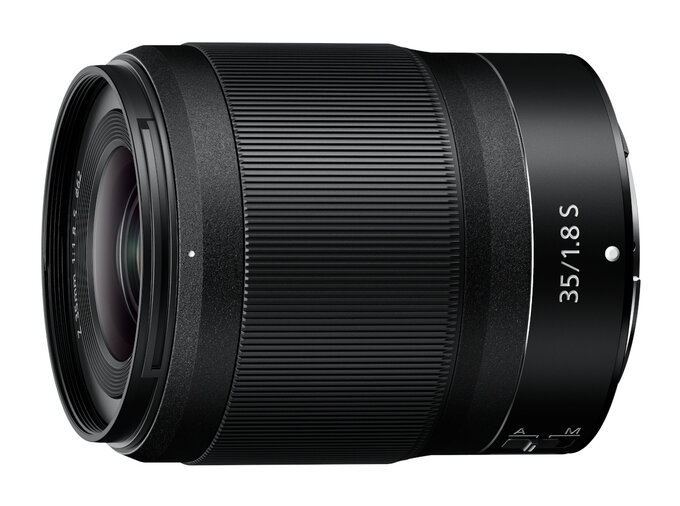 Nikkor Z 35 mm f/1.8 S. |
Is Nikon the only company that got lost in this madness? Unfortunately not. Lately Sigma have tried hard to outperform them. On the one side Sigma, in order to maintain the highest standards, limits their production to just one factory in Japan. They don't plan to move it to another country, a move worth praising, but also a serious limitation when it comes to production capacity. Such limitations mean that, when it comes to the next launch, you should think twice and then rethink the whole plan once again in order to choose well.
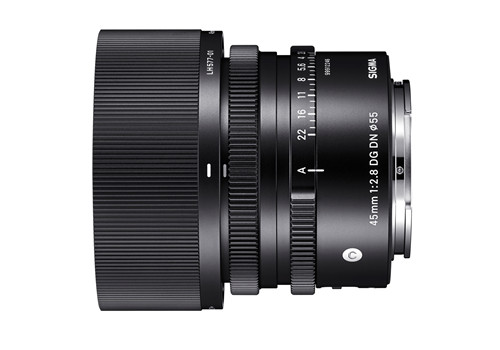 Sigma C 45 mm f/2.8 DG DN. |
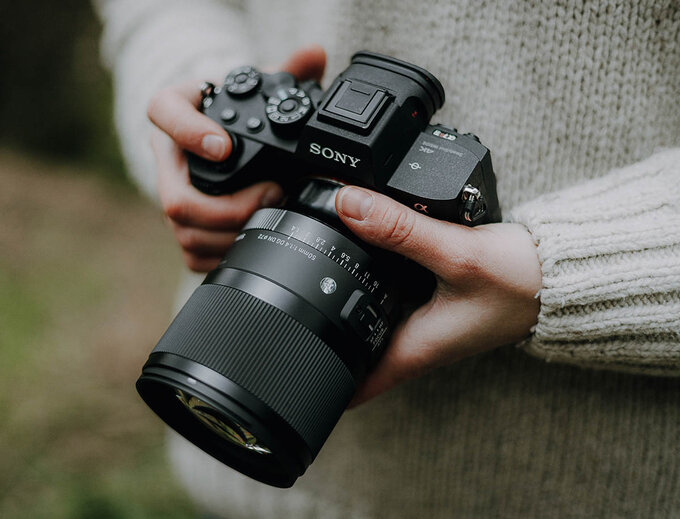 Sigma A 50 mm f/1.4 DG DN. |
 Sony FE 50 mm f/1.2 GM. |
Sigma at least tried to fight a bit in the primes segment, contrary to their main rival, Tamron, that has given us not so small f/2.8 models from time to time.
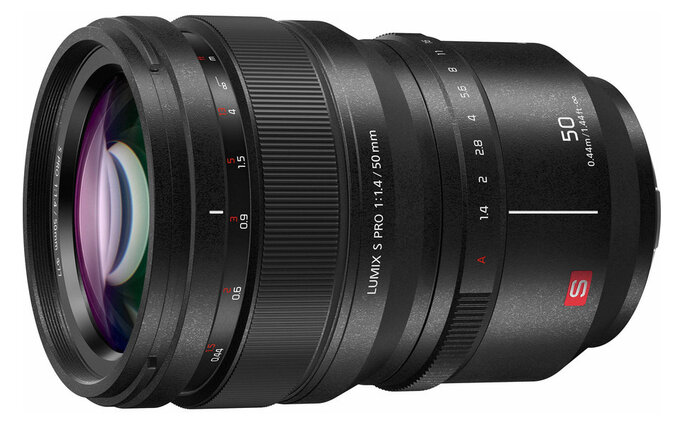 Panasonic Lumix S Pro 50 mm f/1.4 |
You should mention the fact that the 1.4/50 model is indeed exceedingly sharp and it's a kind of defence of Panasonic; then this company rose to the challenge and released a series of f/1.8 lenses with focal lengths starting from 18 to 85 mm that are praised by their users a lot.
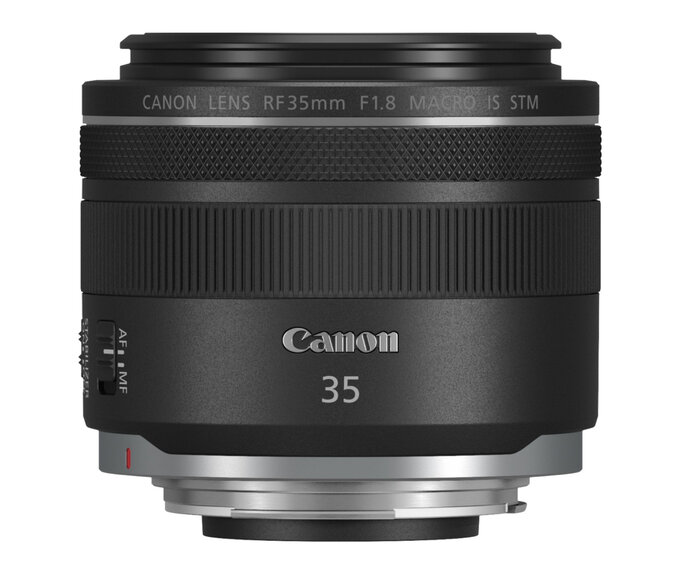 Canon RF 35 mm f/1.8 IS STM Macro. |
In order not to make our story too sweet we have to add the fact that the Canon R system users had to wait almost six years for lenses of so classic parameters as the 1.4/35 and 1.4/50.
To sum up when you get a chance to design your system from scratch, it's worth thinking it through at the very beginning and start building with a clear, simple, and sensible plan in mind. What's more, such a well-thought-out schedule can be made public so your potential customers know in advance what they can expect in years to follow. By doing so you would prevent them from spending money for temporary solutions and substitutes. Imagine that – a photographer, instead of thinking what to buy for months, can make a quick choice and just enjoy taking photos. I have an impression that almost none of big companies present on our photographic market have followed that path.




